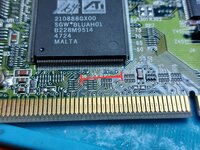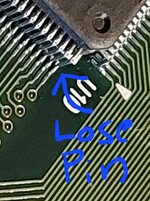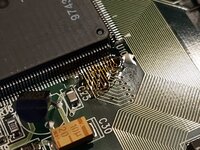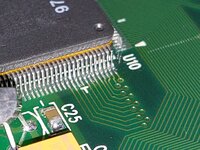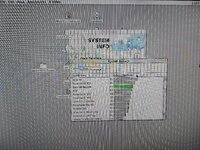stynx
Well-known member
Hi, im looking for a copy of the 1.0.7 driver. The included driver is version 1.0.2 and is buggy/slow. The online archives i know have only the 1.0.2 (release) version from 01/97. The 1.0.7 version is from around 06/97. Even after looking through several Magazine/Warez/Update CDs from 1997, i could not find the mentioned driver.
Maybe there is a Radius driver CD for between 1997-1999 out there that contains this driver.
-Jonas
Maybe there is a Radius driver CD for between 1997-1999 out there that contains this driver.
-Jonas
Attachments
-
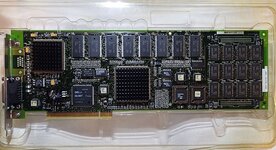 s-l1600-2.jpg577.9 KB · Views: 19
s-l1600-2.jpg577.9 KB · Views: 19 -
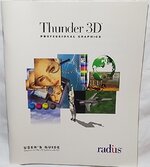 s-l1600-3.jpg208.5 KB · Views: 13
s-l1600-3.jpg208.5 KB · Views: 13 -
 s-l1600-4.jpg264.8 KB · Views: 11
s-l1600-4.jpg264.8 KB · Views: 11 -
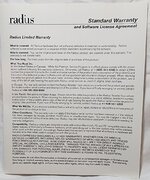 s-l1600-5.jpg401.2 KB · Views: 10
s-l1600-5.jpg401.2 KB · Views: 10 -
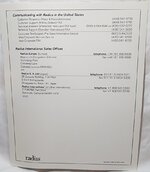 s-l1600-6.jpg225.8 KB · Views: 9
s-l1600-6.jpg225.8 KB · Views: 9 -
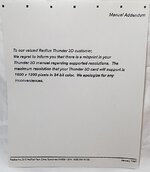 s-l1600-7.jpg193 KB · Views: 10
s-l1600-7.jpg193 KB · Views: 10 -
 s-l1600-8.jpg291.5 KB · Views: 10
s-l1600-8.jpg291.5 KB · Views: 10 -
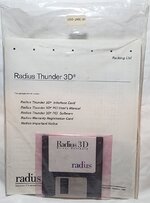 s-l1600-9.jpg246.4 KB · Views: 10
s-l1600-9.jpg246.4 KB · Views: 10 -
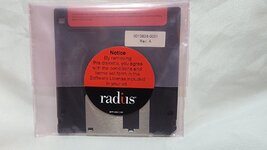 s-l1600-10.jpg185.6 KB · Views: 10
s-l1600-10.jpg185.6 KB · Views: 10 -
 s-l1600.jpg330.7 KB · Views: 14
s-l1600.jpg330.7 KB · Views: 14

